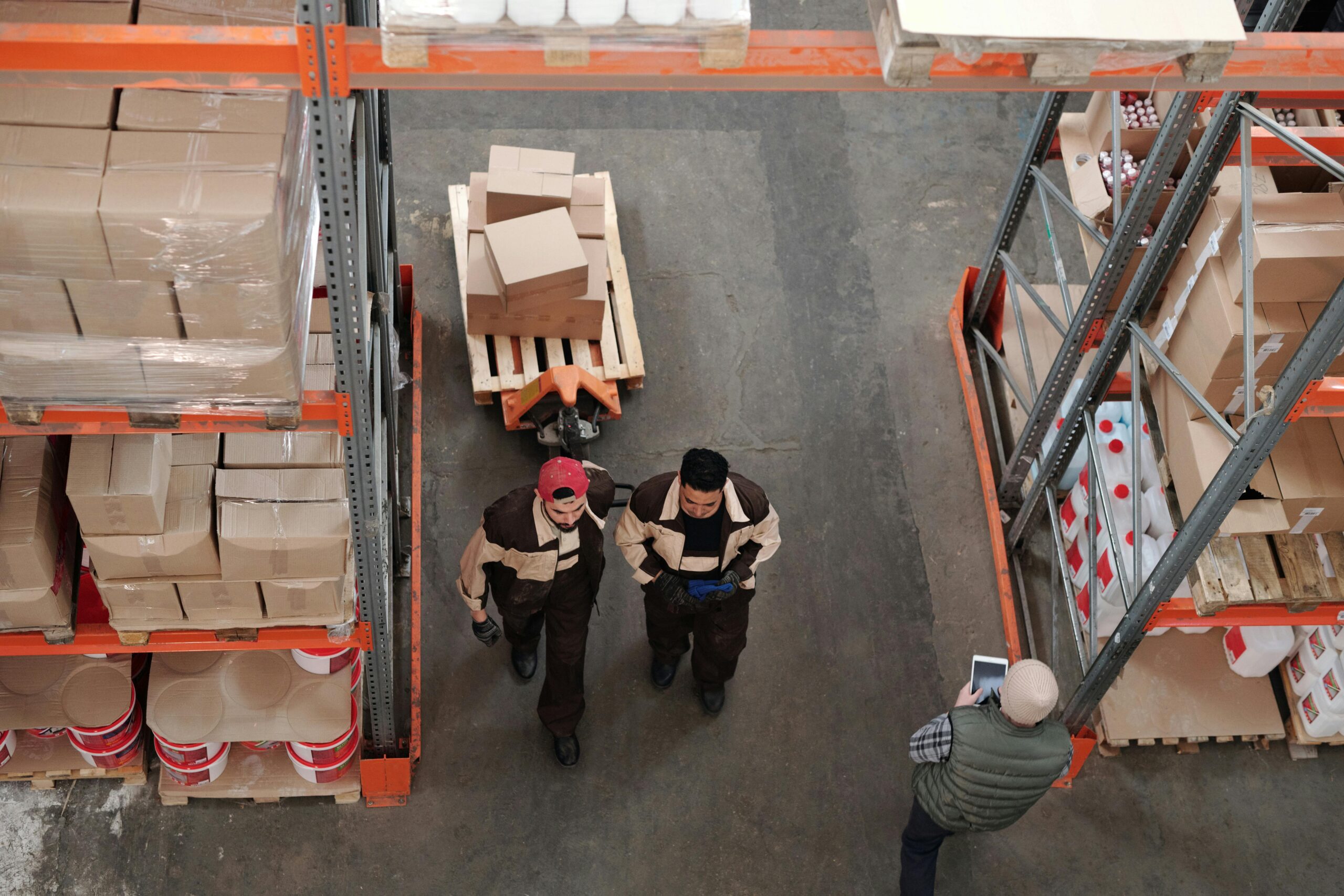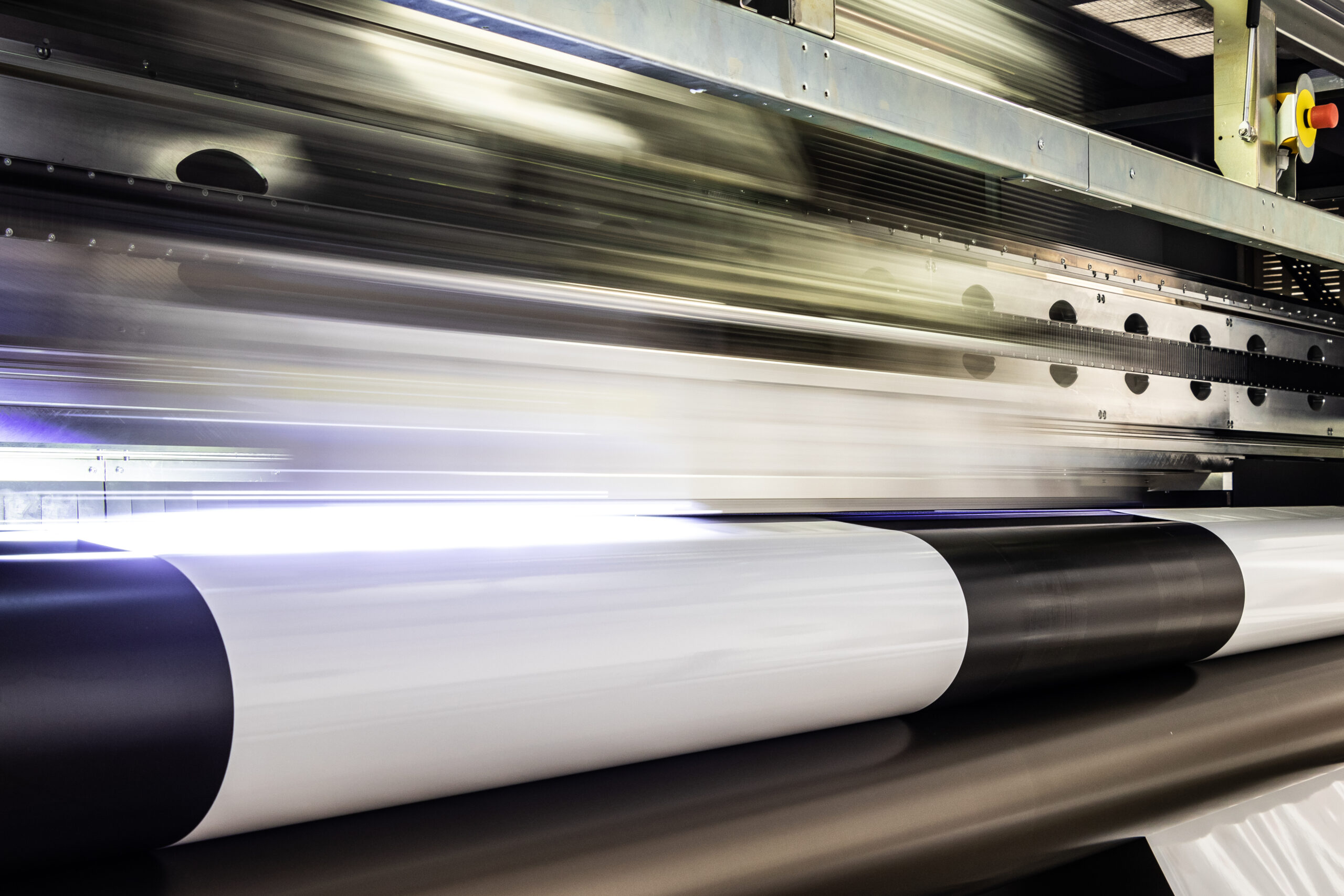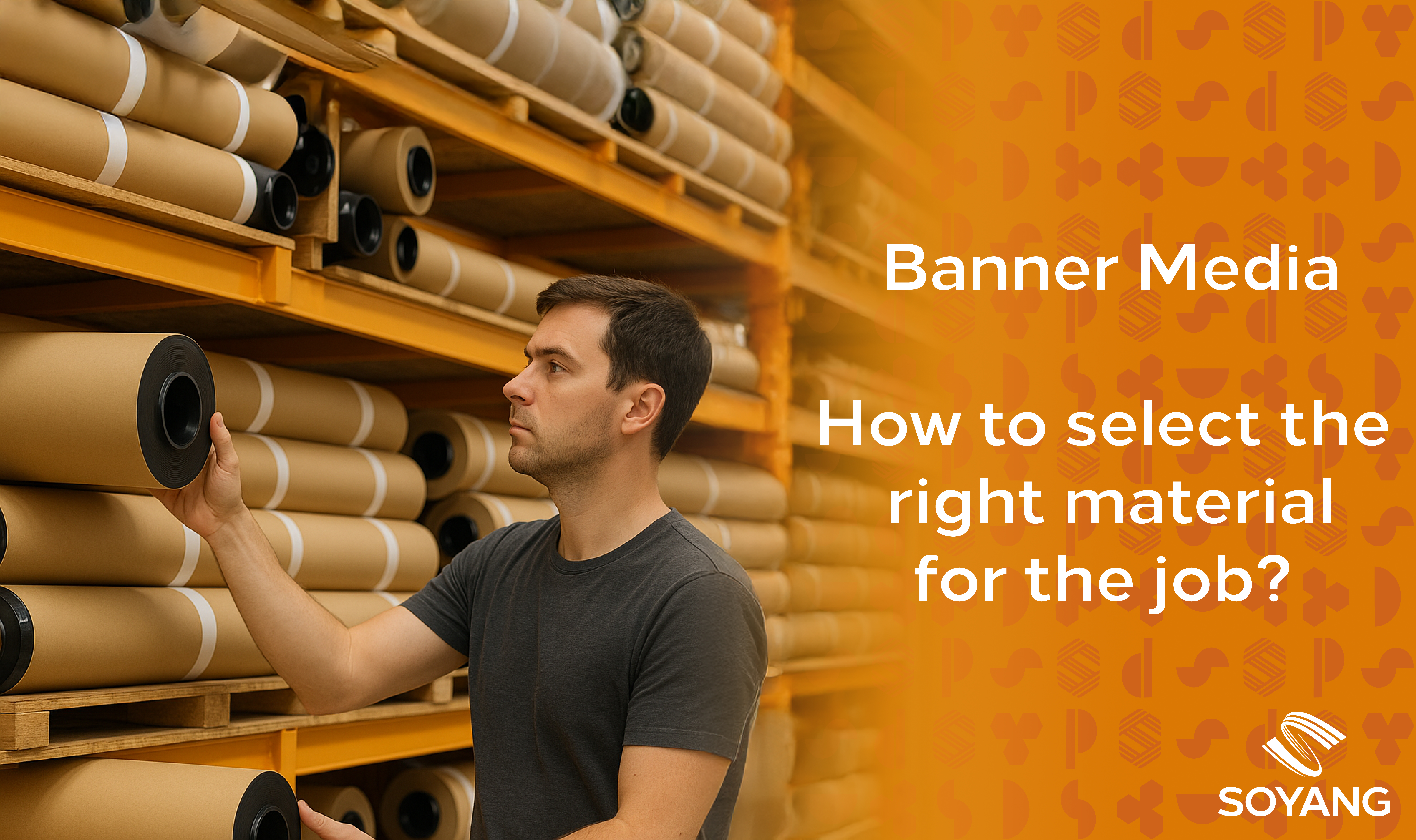As a print shop owner it’s one of the most challenging parts of the job to master. Do you stockpile print materials? Do you order them as you need them? Or is there a way to get the best out of both worlds? In this post, we’ll explore the pros and cons of bulk buying vs buying on demand, and consider how to decide which is the right route for you.
What are bulk buying and ordering on demand?
Bulk buying involves purchasing materials in large quantities and stockpiling them. Typical examples might include:
- Stocking large quantities of the papers you use most often
- Ordering multiple ink cartridges so you have weeks/months of stock on the shelves
- Buying rolls of vinyl or other large-format printing media in bulk
Ordering on demand means that you order materials as jobs arrive that require them. This approach means you don’t carry stock and is typically one you might use when jobs require speciality inks, cards, vinyls or paper that you rarely get asked for.
Pros and cons of bulk buying
Pros of bulk buying
- Cost Savings
Buy lots of anything in one go and chances are you’ll save money. There are often significant discounts for anyone willing to order in bulk, which can be a big and obvious advantage providing you can be sure you’ll use the products you’re bulk buying before they expire.
- Always available stock
Nothing is quite so simple as being able to find the print material you need on a shelf in the storeroom. As long as you’re on top of the repeat ordering, bulk buying means you never have to wait to crack on with a job, which can make a big difference when doing those urgent, tightest possible deadline jobs.
- Save time on ordering and save money on shipping
Bulk orders could help you save on shipping costs (particularly if you’re ordering large, heavy rolls for large format printing). And if you hate doing the ordering or simply don’t have time to do it regularly, bulk buying will mean you do it less often.
Cons of bulk buying
- Upfront costs
Buying in bulk inevitably means paying for materials that you may not get round to using for some time. That means your print shop’s money is tied up in stock that sits on a shelf.
Those costs may be tough to absorb, especially if yours is a new print shop or your customers tend to take their time settling bills.
- Storage challenges
You’re going to have to find somewhere to store all the print materials you buy, and the more you stock, the more space you’ll need. Think of it this way: your storeroom isn’t directly earning you money (although it could help you complete orders faster). But it could be directly costing you money, not just in terms of the materials you stock, but the additional space you may need to rent to store it.
- Risk of obsolescence
Here’s where balance matters. Even if you decide bulk buying is the way to go for your print business, it’s important to remember that not every product should be bought in the same quantities. Toners, inks and some vinyls will deteriorate with age. Some materials may become obsolete as new technologies become established. And anything stored for long enough risks being damaged.
Pros and cons of order on demand
Pros of order on demand
- Cash flow management
When you only buy what you need when you need it, you avoid tying up capital in inventory. That can be especially important when you’re trying to get your print shop off the ground and need to protect cashflow.
- Flexibility
Ordering as needed enables you to react quickly to changing client demands and trends. You’re far less likely to end up with a large quantity of material on the shelves because clients moved the goalposts.
- No storage concerns
On demand means you carry less stock, which in turn means you can operate with a smaller storeroom. That means more of your space can be devoted to printing, which helps keep your operation lean and efficient.
- Less waste
On demand means there’s less stock to get accidentally damaged, to deteriorate, lose, degrade, or become obsolete.
Cons of on demand
- Higher costs
Smaller, frequent orders often come with higher per unit costs, higher shipping costs and less chance of discounts. You’ll want to balance these against the cost (and potential risk) of storing larger volumes, as explored above.
- Longer lead times
On demand doesn’t take much time – delivery is frequently next day – but it takes longer than walking into your stockroom and taking the printing materials you need off the shelf. You’ll know from your own customer portfolio whether that’s likely to cause you problems in terms of meeting/missing deadlines and the impact on customer loyalty.
- Supply chain risks
Relying on just-in-time delivery makes you more vulnerable to supply chain disruptions, so it’s vitally important to work with a supply partner you can trust with a long track record of successful on-time delivery.
A hybrid approach with Soyang
For most print shop owners, the ideal solution lies in a hybrid approach, combining the best aspects of both strategies.
For the essential, high volume materials you use every day, stock up, and monitor stock levels regularly to ensure you don’t run low. For the niche and specialist materials, use on demand.
To explore the right balance of bulk buying vs on demand for you, talk to Soyang.










